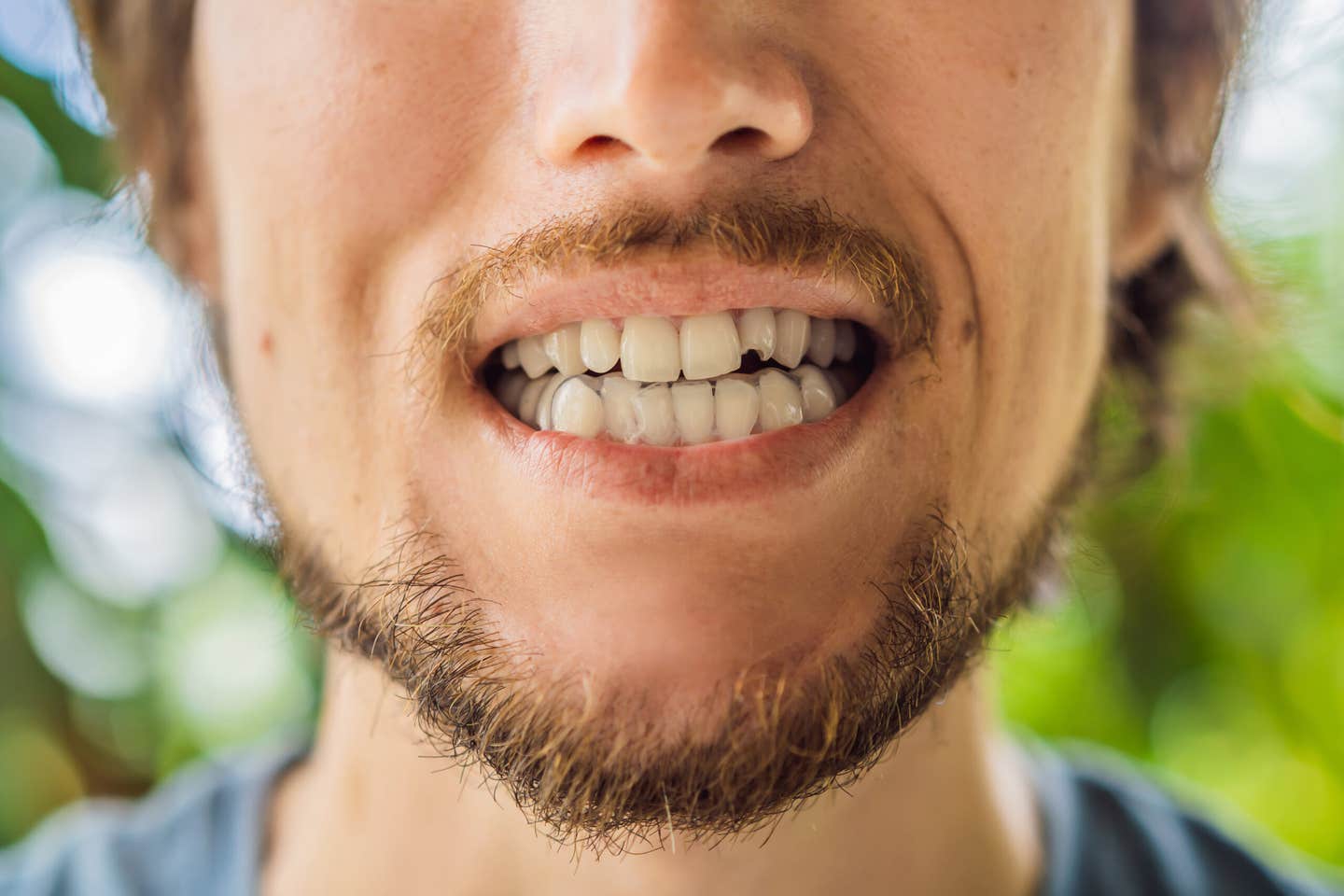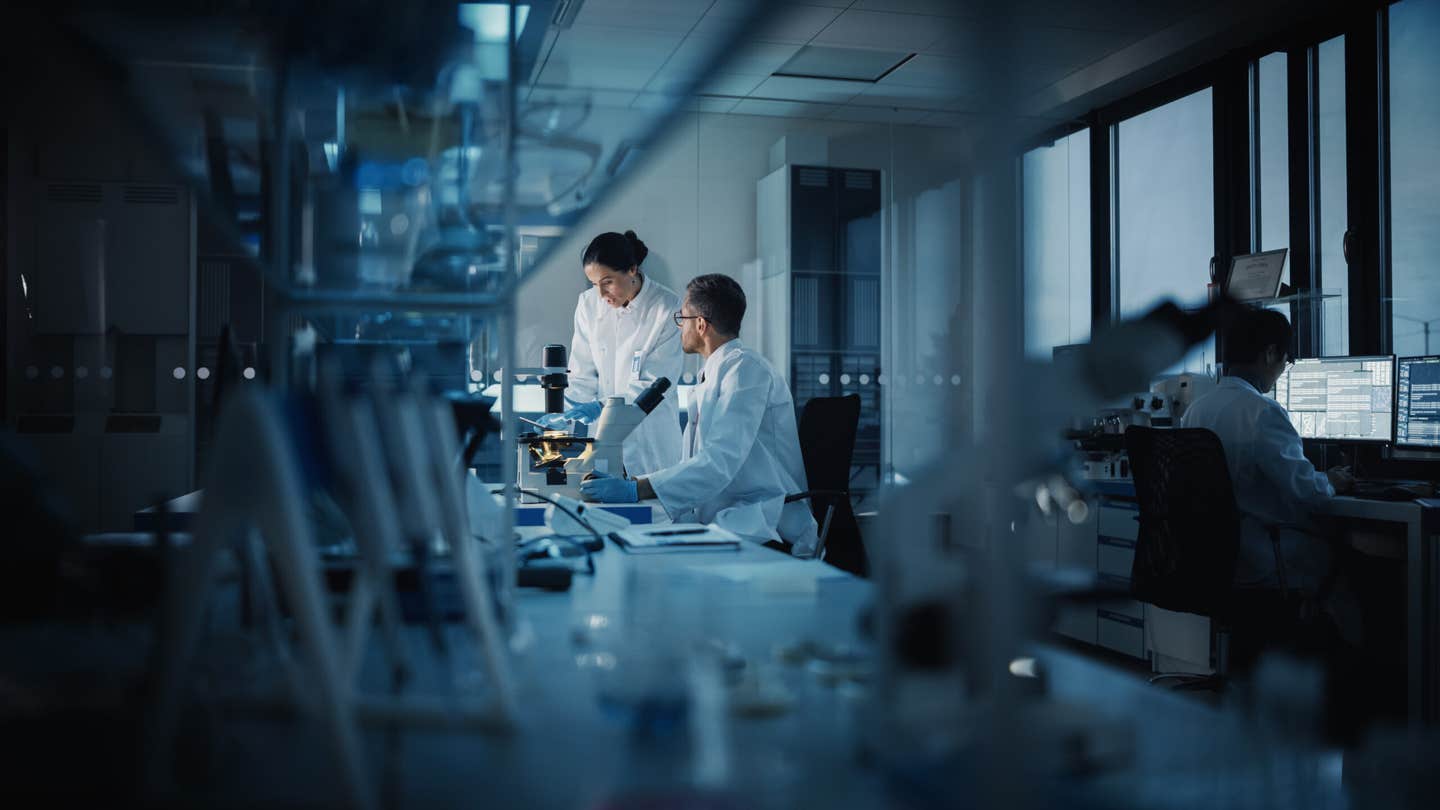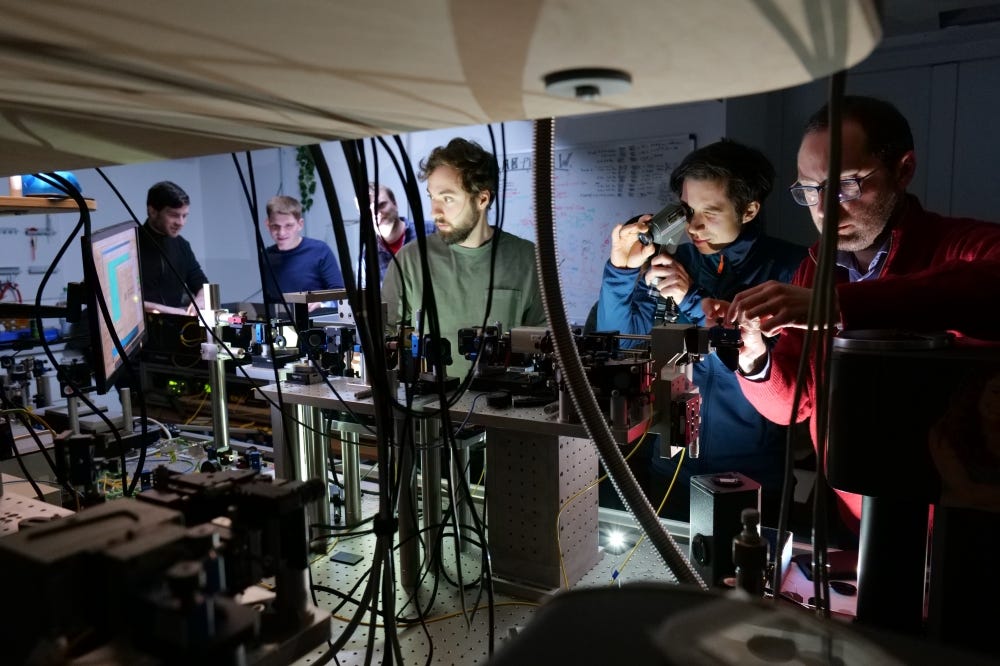New drug that stimulates natural tooth regrowth is entering human trials
Research team is developing a drug that could allow people to regrow natural teeth, with human trials beginning soon.

For decades, dentists and scientists have dreamed of helping people regrow lost teeth. (CREDIT: Shutterstock)
For decades, dentists and scientists have dreamed of helping people regrow lost teeth. Now, thanks to remarkable advances in genetics, molecular biology, and regenerative medicine, that dream is closer than ever. Research from Japan and beyond is opening the door to a treatment that could one day let people grow new teeth naturally, ending the reliance on dentures and implants.
Understanding Tooth Agenesis
One of the driving forces behind this work is the need to address tooth agenesis, a condition where one or more teeth fail to develop. For some people, only a few are missing. Others are born without many or all of their permanent teeth. This problem affects basic abilities like chewing, swallowing, and even speaking, often leading to developmental challenges early in life.
About one percent of the world’s population suffers from severe forms of agenesis, such as anodontia, where no adult teeth develop, or oligodontia, where six or more are missing. Such conditions usually have a genetic basis. Over the past twenty years, scientists have zeroed in on several genes linked to dental development, including MSX1, which acts like a master switch during early tooth formation.
Other genetic pathways also play important roles. Bone morphogenetic proteins (BMPs) regulate growth in both bones and teeth. If something interferes with these signaling pathways, the formation of tooth buds can be halted, leaving permanent gaps in a person’s smile. Environmental influences such as nutrition, stress, or toxin exposure can also tip the balance, changing how these genes are expressed.
A Lifelong Pursuit
One of the most determined researchers in this field is Katsu Takahashi, head of dentistry and oral surgery at the Medical Research Institute Kitano Hospital in Osaka. His fascination with growing new teeth began during graduate school. “The idea of growing new teeth is every dentist’s dream. I was confident I’d be able to make it happen,” he explained.
Takahashi’s career path took him from dentistry into molecular biology at Kyoto University, then to the United States, where early work in gene deletion studies captured his imagination. He learned that removing certain genes in mice led to fewer teeth, while others triggered extra ones. By 2005, his team discovered that a protein called USAG-1 limited tooth growth. That clue became the foundation of a bold new approach.
Related Stories
- Eco-friendly toothpaste made from hair could protect and repair damaged teeth
- Scientists grow real teeth in the lab - replacing fillings and implants
Breaking the Brake on Tooth Growth
USAG-1 binds to BMPs, acting as a brake that keeps tooth formation under control. Takahashi’s team wondered: What if you lifted that brake? In 2018, they developed an antibody that neutralized USAG-1. Tests in mice with congenitally missing teeth showed new growth where there had been none before. By 2021, their results were published in the journal Science Direct, sparking global attention.
The excitement only grew when experiments on ferrets revealed similar results. Treated animals developed an extra tooth between their natural front teeth, shaped like the originals. This suggested the treatment was activating a hidden “third set” of tooth buds that humans may have lost the ability to use over time. Evidence for this comes from hyperdontia, a condition in which about one in 100 people grow extra teeth. In a third of those cases, the extras come from this potential third set.
From Lab to Human Trials
These findings laid the groundwork for the development of TR035, a drug designed to stimulate tooth regrowth in people. The first stage of human trials is expected to focus on adults missing at least one molar. Researchers want to test safety and tolerability before moving on to children, especially those aged 2 to 6 with anodontia.
If successful, this would be the first medicine ever to regenerate teeth in living humans. Takahashi envisions a future where the therapy becomes a third option alongside dentures and implants. “We’re hoping to see a time when tooth-regrowth medicine is a third choice,” he said.
The Wider Scientific Picture
Although this breakthrough is centered on dentistry, the implications extend well beyond. The molecular signals that shape teeth are also used in bone and skin development. Learning how to restart tooth growth could one day inspire therapies for bone injuries or even wound healing. The body’s natural regenerative powers may hold the key to repairing tissues long thought irreplaceable.
Of course, hurdles remain. Human dental biology is more complex than that of mice or ferrets. Researchers must prove not only that new teeth can grow, but that they are structurally sound, functional, and durable over a lifetime. Ethical questions also arise when treating young children, requiring carefully designed clinical protocols to ensure safety.
Still, the field is filled with optimism. Scientists now have a clearer blueprint than ever before. By combining knowledge of genes like MSX1 with control over BMP pathways and USAG-1 inhibition, they are building a framework that makes tooth regeneration in humans seem achievable.
Practical Implications of the Research
The potential impact of this work is enormous. For children born without teeth, regrowth therapies could restore the ability to chew, speak, and develop normally without relying on prosthetics. Adults who lose teeth to decay, injury, or gum disease could avoid dentures or implants, regaining natural teeth instead.
Beyond dentistry, the insights from this research may help medicine harness the body’s regenerative powers in new ways. By understanding how developmental pathways can be reactivated, scientists could apply similar principles to heal bones, skin, or other organs.
If TR035 or similar treatments reach clinics by the end of the decade, they could transform not only dental care but regenerative medicine as a whole.
Note: The article above provided above by The Brighter Side of News.
Like these kind of feel good stories? Get The Brighter Side of News' newsletter.



